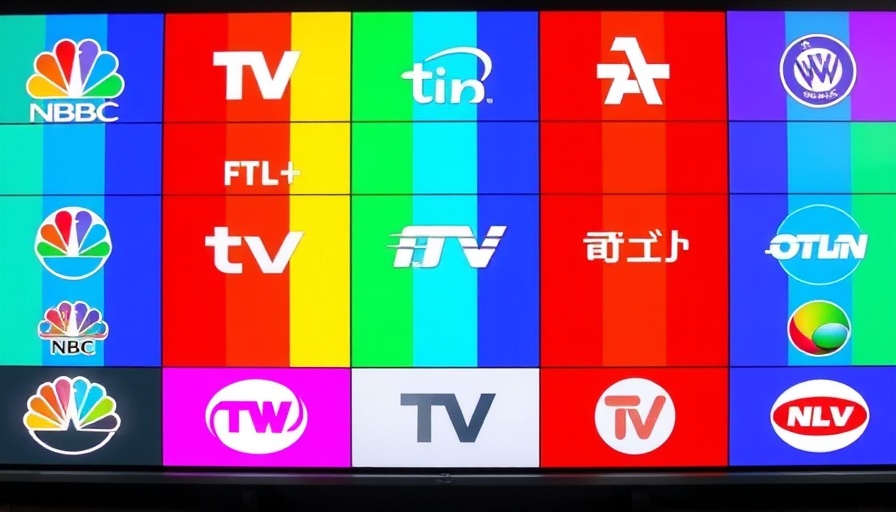
Generative AI in Journalism: Navigating Opportunities and Challenges
The rapid rise of generative artificial intelligence (AI) is reshaping various sectors, and journalism is no exception. A recent report highlights both the transformative potential of this technology and the considerable apprehensions voiced by both audiences and journalists. Recorded through three years of research across Australia and six other countries, this study reveals critical insights into how generative AI is perceived and its implications for news organizations.
Understanding the Public Sentiment Towards AI in Newsrooms
The recent findings suggest a significant gap in transparency regarding the use of generative AI tools within newsrooms. Only about 25% of surveyed individuals felt confident that they had encountered AI-generated content, with a further 50% unsure about its presence. This indicates that trust between news outlets and audiences may be waning, as the public is increasingly concerned about the integrity of news sources. Many fear that without clear guidelines and ethical considerations, AI tools could amplify misinformation and bias existing narratives.
AI: A Double-Edged Sword for Journalists
Generative AI can serve as a powerful tool in modern journalism but comes with substantial risks. It can streamline tasks, such as transcribing interviews or selecting optimal images. However, it may also generate misleading or entirely fabricated content. This duality was underscored in the report's findings, where participants expressed a certain comfort level with behind-the-scenes AI functions while showing discomfort towards AI handling more visible journalistic tasks.
For instance, an AI could accurately transcribe interviews, but if it were to create headlines or edit articles, the public's wariness increases. This discomfort is rooted in a broader concern: the unacceptable potential of AI generating deceptive content that could harm journalistic credibility.
Pioneering Safe AI Practices in Journalism
The report emphasizes the need for transparency and proper guidelines around AI usage in newsrooms. By implementing systematic vetting processes for content generated or edited by AI, news organizations can mitigate risks associated with misinformation. Audiences show greater acceptance for AI tools that are transparent about their processes—indicating that understanding how AI systems make decisions could foster trust.
Furthermore, the report advocates for a diverse representation in AI training datasets to minimize biases, particularly those against marginalized communities. An awareness of these biases is critical as the technology evolves and is integrated into journalistic practices.
Future Trends: Towards AI-Enhanced Journalism
The journey towards incorporating generative AI does not inevitably lead to displacing human journalists. Instead, it can augment their capabilities. As AI takes on repetitive or low-stakes tasks, journalists can focus on higher-order functions—ensuring quality storytelling and deeper investigative work. This hybrid approach could redefine what it means to be a journalist in the AI era.
As companies like Apple grapple with the repercussions of misrepresented information, the ethical use of AI in media will only grow in importance. Embracing transparent and supportive AI tools can enhance effectiveness while preserving the core journalistic values of integrity and trustworthiness.
In conclusion, generative AI presents a transformative yet risky opportunity for the journalism sector. Stakeholders must navigate these waters with caution, fostering a culture of innovation alongside accountability to ensure that journalism remains a trusted pillar of society. By adopting ethical frameworks and prioritizing transparency, news organizations can leverage AI's potential while safeguarding their relationship with audiences.
 Add Row
Add Row  Add
Add 




Write A Comment